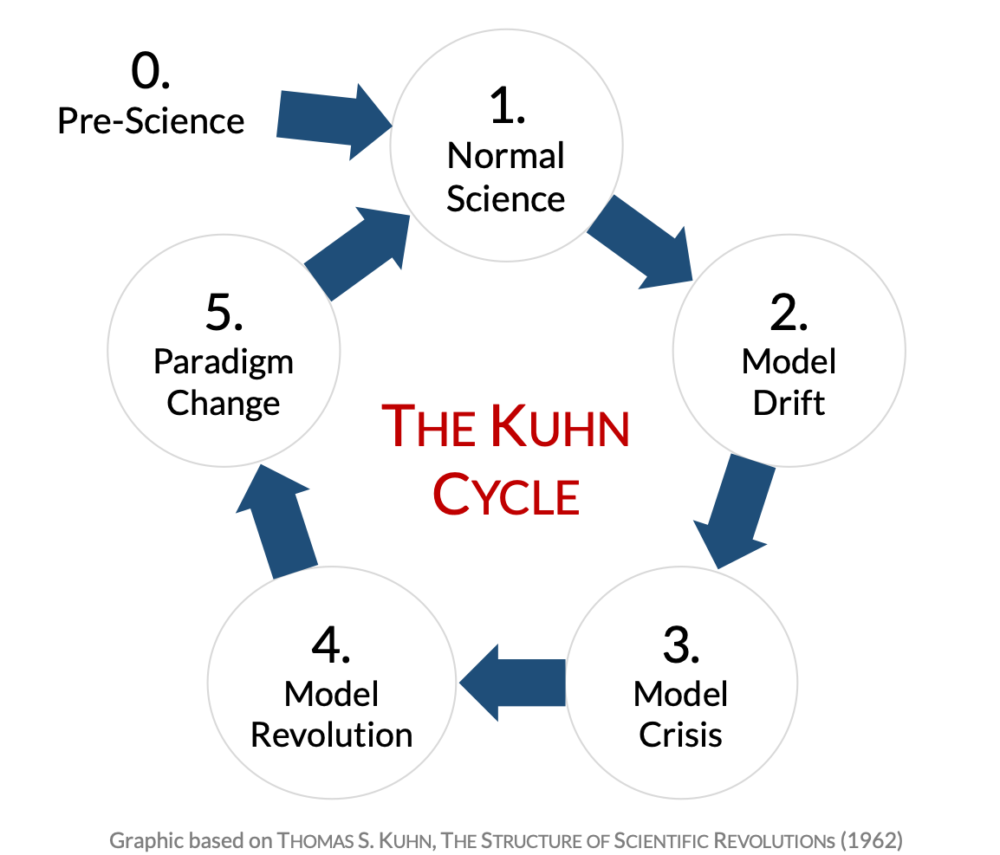Boomer retirements ought to be a boon for law school clinics.
The Hidden Brain podcast episode Cultivating Your Purpose begins with an effective metaphor that is well-known to aging Baby Boomers: Dustin Hoffman, playing Benjamin Braddock in “The Graduate,” is drifting aimlessly on a raft in a swimming pool, as he has been doing for weeks after graduating from college. When Benjamin confirms to his father that he has no plans whatsoever for the future, Benjamin’s father leans over him and demands to know “what was the point of all of that hard work?” Benjamin responds, “you got me.” Unfortunately, many Baby Boom lawyers are asking themselves the same question after they retire or approach retirement—“what’s the point?”
Continue Reading Could a purpose deficit fill unmet legal need? (273)










